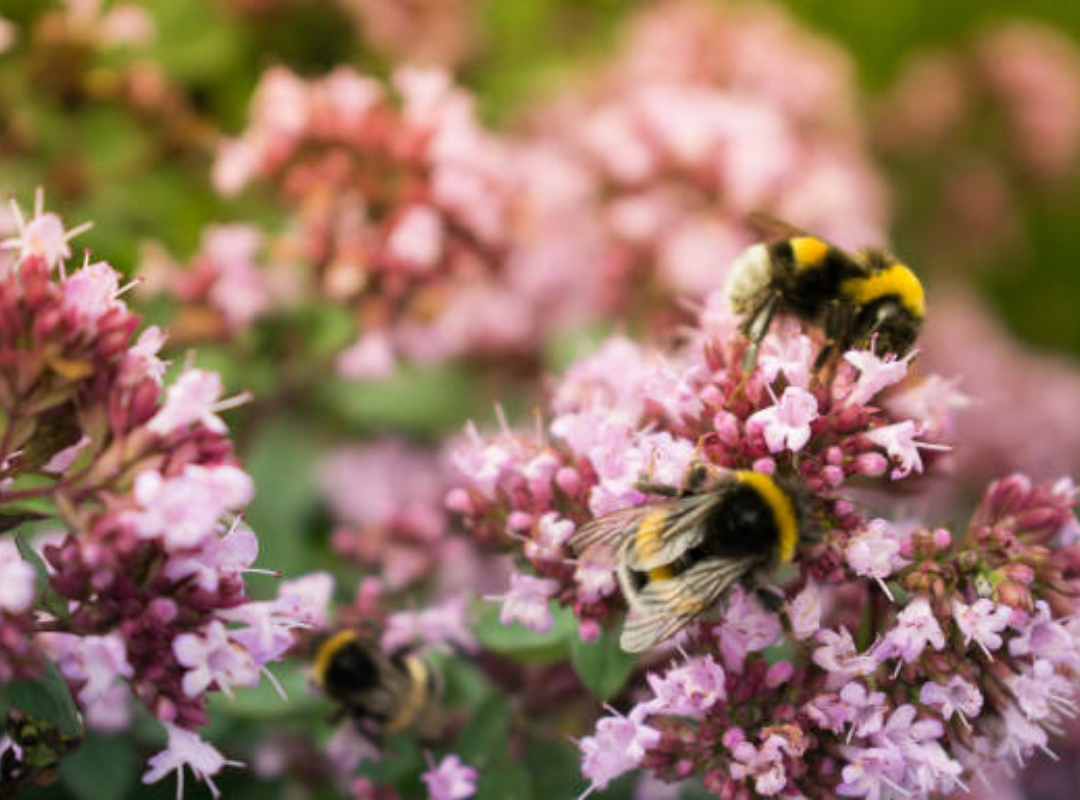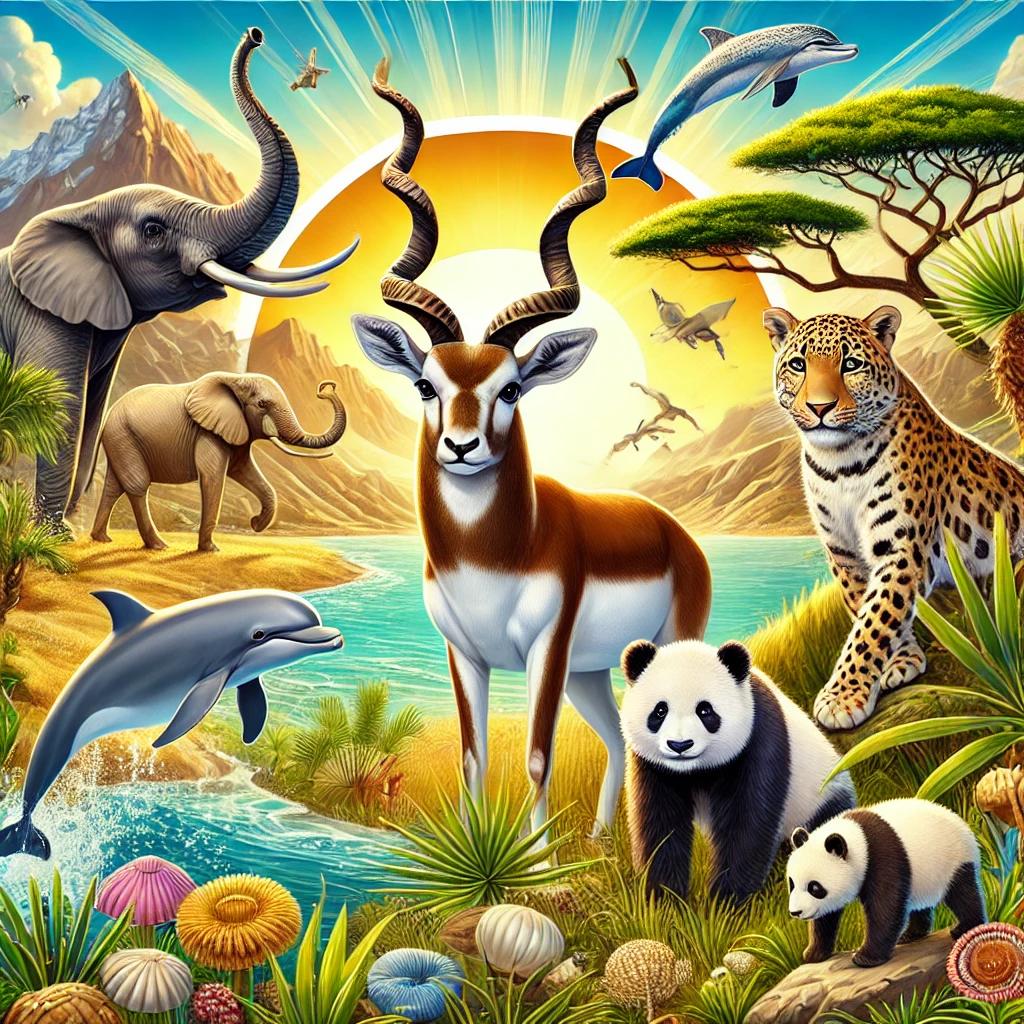Introduction
The delicate balance of biodiversity is under siege, with countless species teetering on the brink of extinction. Endangered species, defined as those at risk of disappearing from our planet, represent a significant loss of the ecological tapestry that sustains life. The extinction of a single species can have a cascading effect on its ecosystem, affecting food chains, habitats, and even human livelihoods. This article delves into the world’s top 10 endangered species, shedding light on their plight, the intricate relationships they hold within their ecosystems, and emphasizing the urgent need for conservation efforts.
1. The IUCN Red List
The International Union for Conservation of Nature (IUCN) maintains the Red List, a comprehensive inventory of the global conservation status of plant and animal species. Established in 1964, the IUCN Red List categorizes species into various levels of threat, ranging from “Least Concern” to “Critically Endangered.” This classification system is vital for conservationists, policymakers, and the general public to understand the urgency of species preservation.
The criteria for classification include population size, geographic range, habitat quality, and the rate of decline. Species classified as “Endangered” have experienced a significant reduction in population and are facing a high risk of extinction in the wild. By providing a scientific framework for evaluating the status of species, the IUCN Red List plays a crucial role in directing conservation efforts and funding to where it is needed most.
2. Amur Leopard
Among the rarest big cats in the world, the Amur leopard (Panthera pardus orientalis) is primarily found in the temperate forests of the Russian Far East and northeast China. With a population estimated at around 100 individuals, this solitary feline faces severe threats from habitat loss due to logging and human encroachment, as well as poaching for their beautiful fur.
The Amur leopard is a remarkable animal, known for its long legs, thick fur, and strikingly beautiful rosettes that allow it to blend seamlessly into its natural environment. The conservation of this magnificent creature hinges on international cooperation, habitat restoration, and anti-poaching initiatives. Conservation efforts have recently focused on creating protected areas and promoting community engagement in wildlife conservation, which is essential for ensuring the survival of the Amur leopard.
3. Vaquita
The Vaquita (Phocoena sinus), a small porpoise native to the northern part of the Gulf of California, is considered the world’s rarest marine mammal, with fewer than 30 individuals remaining. This species is unique due to its small size, distinctive facial markings, and its habitat in shallow coastal waters. Unfortunately, the Vaquita faces extinction primarily due to entanglement in illegal gillnets used for fishing another endangered species, the totoaba fish, whose swim bladders are highly prized in traditional Chinese medicine.
The plight of the Vaquita has drawn global attention, leading to urgent conservation measures. These include the implementation of a gillnet ban in its habitat, increased patrolling by authorities, and efforts to engage local fishing communities in sustainable practices. However, without immediate action, the Vaquita may vanish from our oceans forever.
4. Sumatra Orangutan
The Sumatra orangutan (Pongo abelii) is an iconic primate, distinguished by its striking reddish-brown fur and intelligent eyes. These incredible creatures inhabit the rainforests of Sumatra, Indonesia, where they play a vital role in seed dispersal and maintaining the health of their ecosystem. Unfortunately, the Sumatra orangutan is critically endangered, with habitat destruction driven primarily by illegal logging and palm oil plantations leading to a drastic decline in their population.
As their natural habitat shrinks, orangutans are increasingly forced into human settlements, where they face additional threats from poaching and human-wildlife conflict. Conservation initiatives aim to protect their habitats, rehabilitate orphaned orangutans, and educate communities about sustainable practices. The survival of the Sumatra orangutan hinges on collaborative efforts between governments, NGOs, and local communities to ensure that these incredible primates continue to thrive in the wild.
5. Javan Rhino
The Javan rhino (Rhinoceros sondaicus), distinguished by its single horn and armored appearance, primarily resides in Ujung Kulon National Park in Indonesia. With fewer than 80 individuals left in the wild, this species faces numerous threats from poaching, habitat loss, and disease. The Javan rhino is elusive and prefers dense forest habitats, which complicates conservation efforts.
Conservation strategies focus on protecting this critically endangered species through habitat preservation and anti-poaching measures. The establishment of wildlife protection teams and community-based conservation programs has proven essential for monitoring the Javan rhino population and fostering a sense of stewardship among local communities. Continued vigilance and investment in conservation are imperative to prevent the extinction of this remarkable species.
6. African Elephant
As the largest land mammal on Earth, the African elephant (Loxodonta africana) plays a crucial role in maintaining the ecological balance of its habitat. These gentle giants are known for their complex social structures, intelligence, and the significant impact they have on their environment, from creating water holes to helping disperse seeds.
However, the African elephant faces severe threats from poaching for ivory and habitat destruction due to agricultural expansion and human encroachment. Their population has declined dramatically, with estimates suggesting that only 415,000 elephants remain in the wild. Conservation strategies include anti-poaching patrols, community education programs, and the establishment of wildlife corridors to connect fragmented habitats. Protecting these magnificent animals is essential not only for their survival but also for the overall health of the ecosystems they inhabit.
7. Snow Leopard
The snow leopard (Panthera uncia) is a magnificent big cat adapted to the harsh mountain ranges of Central and South Asia. Renowned for its stunning beauty and elusive behavior, the snow leopard has thick fur, long tails, and large paws that enable it to navigate its rugged environment. However, this majestic creature faces numerous threats, including habitat loss, poaching, and retaliatory killings by herders protecting their livestock.
Snow leopards are vital to their ecosystems, acting as apex predators that help maintain the balance of prey populations. Conservation organizations actively engage in monitoring snow leopard populations, promoting coexistence between these magnificent animals and local communities, and implementing community-based conservation programs. Through collaborative efforts, the snow leopard’s future can be secured, ensuring that this iconic species continues to roam the mountains for generations to come.
8. Hawksbill Turtle
The Hawksbill turtle (Eretmochelys imbricata), recognized for its striking shell and ecological role in maintaining coral reef health, has seen its numbers plummet due to poaching and habitat loss. These turtles are heavily exploited for their shells, which are used to create jewelry and ornaments, leading to significant declines in their population.
Hawksbill turtles are integral to the health of coral reefs as they feed on sponges, allowing for a diverse marine ecosystem to thrive. Conservation actions, including the establishment of marine protected areas, international treaties, and community education programs, are vital to safeguarding this species. By fostering sustainable fishing practices and raising awareness about the importance of Hawksbill turtles, we can work towards their recovery and the preservation of our oceans.
9. Saola
Dubbed the “Asian unicorn,” the saola (Pseudoryx nghetinhensis) is a rare and elusive mammal found in the Annamite Range of Vietnam and Laos. Discovered only in 1992, the saola is known for its striking appearance, with long, straight horns and distinct facial markings. Unfortunately, this species faces numerous threats, including habitat loss due to deforestation and poaching.
The conservation challenges surrounding the saola are significant, as its elusive nature makes it difficult to study and protect effectively. Conservation organizations are working tirelessly to raise awareness about the saola’s plight and implement measures to protect its habitat. Protecting this remarkable creature is not only crucial for its survival but also for maintaining the biodiversity of the Annamite Range.
10. Sumatran Tiger
The Sumatran tiger (Panthera tigris sumatrae), the smallest of the tiger subspecies, is a symbol of the fight against extinction. With its distinctive black stripes and powerful physique, the Sumatran tiger is an apex predator, playing a crucial role in regulating prey populations. However, its numbers have dwindled dramatically due to habitat destruction from logging and agriculture, as well as poaching.
Conservation efforts focus on habitat preservation, anti-poaching initiatives, and breeding programs to stabilize the population of this majestic predator. Engaging local communities in conservation strategies and promoting sustainable practices are key components in ensuring the survival of the Sumatran tiger. Each successful breeding program and anti-poaching patrol brings us closer to a future where this iconic species can thrive in the wild.
Conclusion
The plight of the world’s top 10 endangered species serves as a stark reminder of the fragility of our planet’s ecosystems. Protecting these species requires a collective effort, encompassing habitat preservation, anti-poaching measures, and global awareness. Each individual can contribute to the conservation of these magnificent animals, ensuring that future generations inherit a world rich in biodiversity. The time to act is now; the survival of these species hinges on our commitment to safeguarding their futures. By raising awareness, supporting conservation organizations, and advocating for sustainable practices, we can all play a role in preserving the beauty and diversity of our planet for generations to come.
Also Read: Top 10 Museums for Art Lovers Worldwide











Leave a Reply